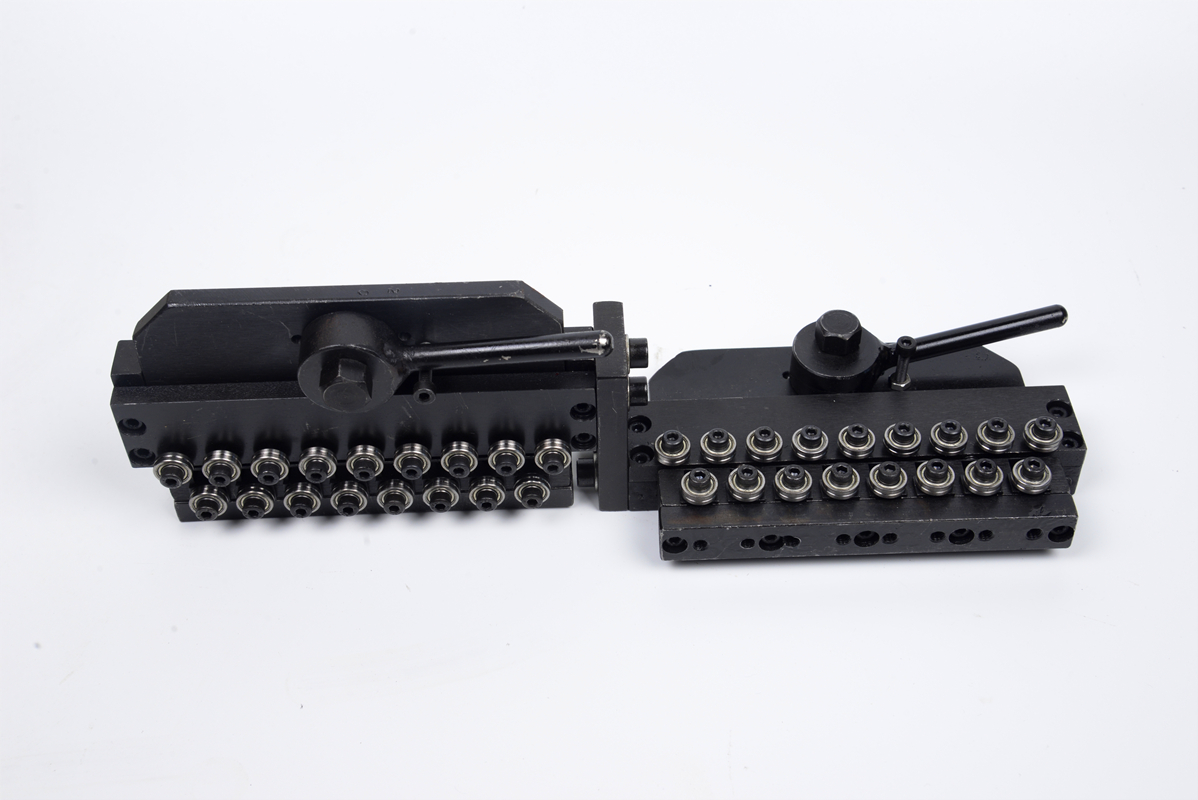Cable wire, an essential component in various industries, must often be straightened to ensure optimal performance and reliability in applications ranging from electrical wiring to industrial machinery. Straightening cable wire manually can be labor-intensive and imprecise, leading to inconsistencies and potential performance issues. Enter cable straighteners, specialized devices designed to efficiently and accurately straighten cable wire with precision.

Understanding Cable Straighteners:Cable straighteners are mechanical devices engineered to straighten and align cable wire, removing bends, kinks, and irregularities to achieve a uniform profile. These devices are equipped with precision rollers, guides, and tensioning mechanisms designed to exert controlled forces on the cable wire, gradually reshaping it into a straightened, defect-free form. Cable straighteners are available in various configurations to accommodate different cable diameters, materials, and processing requirements, making them versatile tools for a wide range of industries and applications.
Working Principles:The operation of a cable straightener typically involves the following steps:
Feeding: The cable wire is fed into the cable straightener through an inlet or feeding mechanism, where it enters the straightening zone.
Straightening: As the cable wire advances through the straightening zone, it passes between a series of precision rollers or guides arranged in tandem. These rollers apply bending and tensioning forces to the cable wire, gradually straightening it and correcting deviations in alignment.
Tension Control: Cable straighteners incorporate tension control mechanisms to ensure uniform straightening and prevent overstretching or damage to the wire. Tension levels are adjusted based on factors such as cable diameter, material properties, and processing requirements.
Output: The straightened cable wire exits the cable straightener in a continuous, uniform manner, ready for further processing, assembly, or use in downstream manufacturing operations.
Applications of Cable Straighteners:Cable straighteners find extensive application across diverse industries and sectors, including:
Electrical Wiring: In the electrical and electronics industry, cable straighteners are used to straighten and prepare wire harnesses, cables, and conductors for assembly into electrical systems and components.
Automotive Manufacturing: Cable straighteners play a vital role in automotive manufacturing processes, where straightened cable wire is used in wiring harnesses, connectors, and electrical components for vehicles.
Aerospace and Defense: Straightened cable wire is essential for aerospace and defense applications, where reliability, precision, and performance are paramount in critical systems such as avionics, communications, and defense electronics.
Industrial Machinery: Cable straighteners are integral to the production of machinery and equipment used in various industries, ensuring smooth operation and longevity of cable-based systems such as conveyors, robotics, and automated machinery.
Benefits of Cable Straighteners:
Precision: Cable straighteners deliver precise straightening and alignment of cable wire, ensuring uniformity in diameter, length, and profile for consistent product quality.
Efficiency: By automating the straightening process, these devices enhance productivity, reduce labor costs, and minimize material waste associated with manual straightening methods.
Versatility: Cable straighteners accommodate a wide range of cable diameters, materials, and processing requirements, offering flexibility to meet diverse application needs.
Quality Assurance: With advanced controls and monitoring systems, cable straighteners maintain tight tolerances and quality standards, reducing the risk of defects and rework in downstream operations.
Conclusion:
Cable straighteners represent a cornerstone of modern manufacturing, offering precision, efficiency, and versatility in the straightening of cable wire for a myriad of applications. From electrical wiring to automotive components and industrial machinery, these devices play a vital role in ensuring the integrity, performance, and reliability of cable-based systems across various industries. As technology continues to evolve, cable straighteners will remain indispensable tools for manufacturers seeking to meet the demands of an increasingly complex and competitive marketplace.





Comments
0